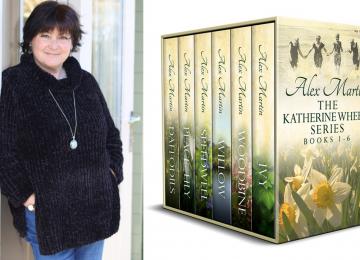Great Pictures, As Seen and Described by Famous Writers
Book Excerpt
The battle lasted for a long time; new demons constantly succeeded the others; however, the victory remained with the personages in the boat, who had themselves taken back to the landing of the Piazzetta. The gondolier scarcely knew what to think of their strange conduct; until, as they were about to separate, the oldest of the group, suddenly causing his nimbus to shine out again, said to the gondolier: "I am Saint Mark, the patron of Venice. I learned to-night that the devils assembled in convention at the Lido in the cemetery of the Jews, had formed the resolution of exciting a frightful tempest and overthrowing my beloved city, under the pretext that many excesses are committed there which give the evil spirits power over her inhabitants; but as Venice is a good Catholic and will confess her
Editor's choice
(view all)Popular books in Criticism, Art
Readers reviews
This book contains 52 essays on 49 paintings, 3 of the paintings have been described by 2 writers, the other paintings are all described by 1 author. The length of the essays varies from 2 pages till 10 pages (in print). Because this is an old book and tastes in paintings and in writings change through the years, some of the 'Great Paintings' in this book are now almost forgotten and some of the 'Famous Writers' in this book are no longer famous. Some of the works of art described in this book are still considered to be among the best and most important works ever, for example: 'The Nightwatch', 'The birth of Venus' and the 'Mona Lisa'.
Most of the authors were not art-historians, so this book is not really a book that will teach you about art-history, but it gives the personal opinions and impressions about works of art by authors who saw them. It is nice to read the opinions of others about paintings that I have seen; whether or not you agree with them. These essays give you the chance to look at art through someone else's eyes. Because of its age, not all information in this book is correct anymore. For example: In the essay written by Franz Theodor Kugler (1808-1858) about the altarpiece 'The Adoration of the Lamb' by Jan & Hubert van Eyck, this book says that parts of this work are in Berlin, this is no longer correct: as part of the Treaty of Versailles (1919) the parts of this painting that were in Germany were given back to Ghent in 1920. In 1934 two panels were stolen, only one of these has been recovered, the panel 'The Rightious Judges' is still missing.
Contents
THE FISHERMAN PRESENTING THE RING TO THE DOGE GRADENIGO Bordone THÉOPHILE GAUTIER.
THE BIRTH OF VENUS Botticelli WALTER PATER.
THE QUEEN OF SHEBA Veronese JOHN RUSKIN.
THE LAST JUDGMENT Michael Angelo ALEXANDRE DUMAS.
MAGDALEN IN THE DESERT Correggio AIMÉ GIRON.
BANQUET OF THE ARQUEBUSIERS Van der Helst WILLIAM MAKEPEACE THACKERAY.
L'EMBARQUEMENT POUR L'ÎLE DE CYTHÈRE Watteau EDMOND AND JULES DE GONCOURT.
THE SISTINE MADONNA Raphael F.A. GRUYER.
THE DREAM OF ST. URSULA Carpaccio JOHN RUSKIN.
THE DESCENT FROM THE CROSS Rubens EUGÈNE FROMENTIN.
BACCHUS AND ARIADNE Titian I. CHARLES LAMB. II. EDWARD T. COOK.
THE CORONATION OF THE VIRGIN Fra Angelico THÉOPHILE GAUTIER.
JUDITH Botticelli MAURICE HEWLETT.
THE AVENUE OF MIDDELHARNAIS Hobbema PAUL LAFONDTHE
DANCE OF THE DAUGHTER OF HERODIAS Andrea del Sarto ALGERNON CHARLES WINBURNE.
ADORATION OF THE MAGI Fabriano F.A. GRUYER.
PORTRAIT OF GEORG GISZE Holbein ANTONY VALABRÈGUE.
PARADISE Tintoret JOHN RUSKIN.AURORA Guido Reni I. CHARLOTTE A. EATON. II. JOHN CONSTABLE
THE ASSUMPTION OF THE VIRGIN Titian THÉOPHILE GAUTIER.
THE NIGHT WATCH Rembrandt EUGÈNE FROMENTIN.
THE RAPE OF HELEN Gozzoli COSMO MONKHOUSE
MONNA LISA Leonardo da Vinci WALTER PATER.
THE ADORATION OF THE LAMB Van Eyck KUGLER.
THE DEATH OF PROCRIS Piero di Cosimo I. EDWARD T. COOK. II. JOHADDINGTOSYMONDS.
THE MARRIAGE IN CANA Tintoret JOHN RUSKIN.
MADAME DE POMPADOUR De la Tour CHARLES-AUGUSTIN SAINTE-BEUVE.
THE HAY WAIN Constable C.L. BURNS.
THE SURRENDER OF BREDA Velasquez THÉOPHILE GAUTIER.
THE IMMACULATE CONCEPTION Murillo AIMÉ GIRON.
ST. FRANCIS BEFORE THE SOLDAN Giotto JOHN RUSKIN.
LILITH Rossetti ALGERNON CHARLES SWINBURNE.
ADORATION OF THE MAGI Dürer MORIZ THAUSING.
MARRIAGE A-LA-MODE Hogarth AUSTIN DOBSON.
THE MADONNA OF THE ROCKS Leonardo da Vinci THÉOPHILE GAUTIER
BEATRICE CENCI Guido Reni PERCY BYSSHE SHELLEY
THE TRANSFIGURATION Raphael MRS. JAMESON
THE BULL Paul Potter EUGÈNE FROMENTIN
CORÉSUS AND CALLIRHOÉ Fragonard EDMOND AND JULES DE GONCOURT
THE MARKET-CART Gainsborough RICHARD AND SAMUEL REDGRAVE
BACCHUS AND ARIADNE Tintoret HIPPOLYTE ADOLPHE TAINE
BACCHUS AND ARIADNE ANONYMOUS
LA CRUCHE CASSÉE Greuze THÉOPHILE GAUTIER
PORTRAIT OF LADY COCKBURN AND HER CHILDREN Reynolds FREDERIC G. STEPHENS
ST. CECILIA Raphael PERCY BYSSHE SHELLEY
THE LAST SUPPER Leonardo da Vinci JOHANN WOLFGANG VON GOETHE
THE CHILDREN OF CHARLES I. Van Dyck JULES GUIFFREY
THE FIGHTING TÉMÉRAIRE TUGGED TO HER LAST BERTH TO BEBROKEN UP, 1838 Turner RUSKIN
SPRING Botticelli MARCEL REYMOND
As a sample I copy a few lines from the essay by Mrs. Jameson about 'The tranfiguration' by Raphael below:
[...]
Such is the profound, the heart-moving significance of this wonderful
picture. It is, in truth, a fearful approximation of the most opposite
things; the mournful helplessness, suffering, and degradation of human
nature, the unavailing pity, are placed in immediate contrast with
spiritual light, life, hope--nay, the very fruition of heavenly rapture.
[..]
- Upvote (0)
- Downvote (0)
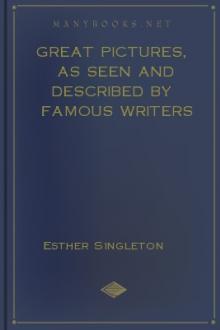
 Free Download
Free Download











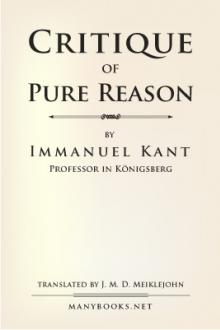

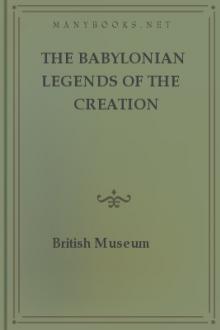
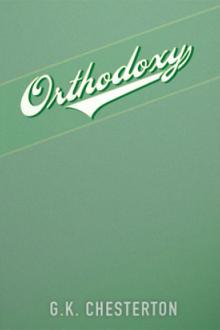
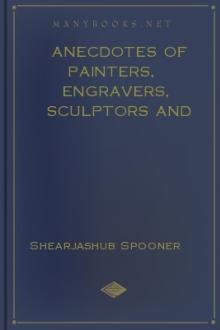


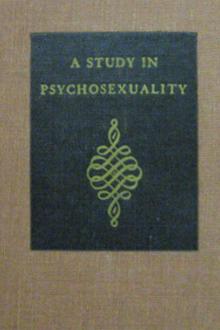

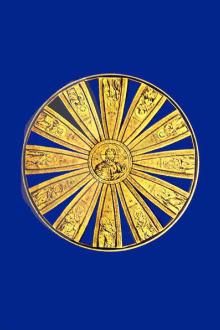

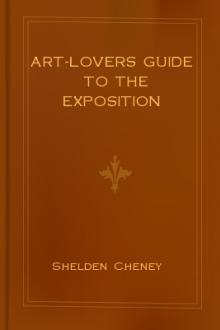
-itok=vcKIB5v1.jpg)
